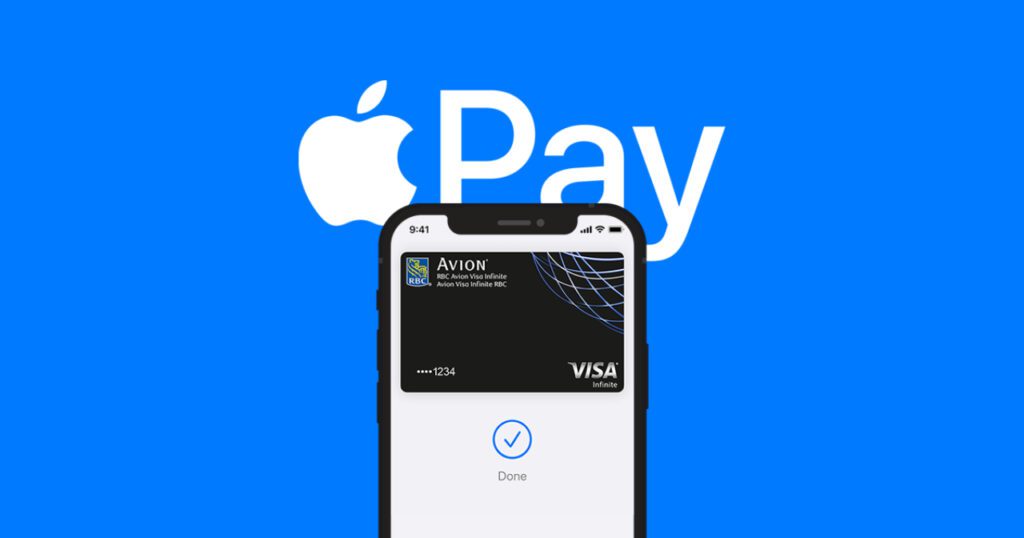Trends in fintech are ever-evolving. The year 2023 will be no different regarding the software and programs used and being developed to deliver financial services.
Since the COVID-19 pandemic and its continuing effects globally on financial processes, companies, both established and new, have worked to find solutions to pressing fintech industry challenges.
But first …
What is fintech?
The word fintech is a marriage of two words: finance and technology.
Generally, the catch-all term has come to be associated with integrating myriad online innovations meant to improve processes in the banking and financial sectors.
Fintech can also refer to companies that use artificial intelligence, data, and encryption technology to make money-related services more accessible, secure, and affordable.
While fintech today is generally considered a modern term, it can be traced back to when banks and lenders used tokens and even their own currencies to represent the money they held. In the mid-20th Century, credit cards started to become more common. All had the effect of simplifying and boosting transactions between consumers and businesses.
Like those examples, modern fintech — incorporating AI, blockchain, or big data, among other non-traditional models — aims to provide more effective financial tools.
2023 fintech trends to watch


Embedded finance
Embedded finance remains a hot fintech industry trend in 2023.
It is a broad term that essentially means incorporating a financial service as part of another product or service. What is becoming increasingly prevalent is how deeply embedded the financial product is evolving, to the point where the customer doesn’t realize there’s a partnership in play.


Roy Ng, chief executive officer and co-founder of Bond, uses the example of the Apple Pay card in partnership with Goldman Sachs. The Apple experience is uninterrupted and remains unique.
“It’s all about the experience being coherent that like you can embed financial services products, but if it’s jagged, it causes a disconnect with the user,” Ng said on a recent podcast. “A lot of times, the user opts to use that embedded financial product because there’s that brand loyalty upfront from that particular brand.”


Identity fraud prevention
Online applications require users to verify their identities with more than just the username and password combination that’s been a standard since the beginning of Internet time.
The rise of multi-factor authentication, or 2FA, speaks to how companies are addressing the need for online security to be even more robust as technology and cybercriminals evolve and become increasingly sophisticated.
“The target, of course, is money because that’s what fintechs have,” Kevin Gosschalk, the CEO and founder of Arkose Labs, said during a January episode of the Fintech One-on-One Podcast.


The major avenues for identity fraud are:
- New account creation: opening cards, taking advantage of promotions where you’re funding maybe a few dollars into a new account.
- Account takeover: it has “two flavors of attacks,” says Gosschalk, including credential stuffing — reusing usernames and passwords — and social engineering, where “fraudsters talk or send something, get someone to click a link.”
Still, not all fintechs mandate 2FA as a part of their security detail “because it’s high friction,” says Gosschalk.
“Multi-factor is a lot of effort to enable. It’s a lot of effort to do every time you log in,” he said.
Several firms offer and continue to develop other security solutions, including those that employ several different data sets.
Overall, one of the biggest trends in fintech in 2023 will be focused on innovation and security to deliver a secure user experience.


Asset tokenization
It’s happening with other physical products, and financial institutions are also starting to delve into it: the emerging and somewhat disruptive fintech trend of real-world asset tokenization.
John Wu, president of Ava Labs — the company behind the Avalanche blockchain and a company to watch in 2023 — says tokenization’s broad appeal comes from its operational efficiency and actual tokenization benefits.


“Having everyone work off of a shared source of truth in a distributed ledger allows for any vertical to cut out intermediaries and also to improve workflow automation as well as database management,” Wu said in November of using tokenization in a blockchain. “Therefore, you can save time and cost by having it on a proper blockchain.”
Tokenization also provides transparency in the transaction process “so people can see you have proof of transaction history on this blockchain,” he said.
“Even if the goal is not to disintermediate, you help the auditors audit because, in theory, they can access transparent data far easier and faster. You can help servicers on loans reach their end goals much faster because they have access to that instead of calling data from four or five different sources and having to bundle and reconcile themselves.”
Wu said he sees “interesting things” happening with tokenization in the art world and can see it expanding to other tangible, non-financial assets such as wine.
“Certain brands are tokenizing loyalty points, you’re seeing fan engagement tokens by professional sports leagues … so there’s a lot of tokenization of ‘real world assets’ happening not just in financial services but in the general greater enterprise world,” he said.


Buy Now Pay Later (BNPL)
The concept has existed for decades. Retailers have been offering consumers payments-in-installments for large purchases since the 19th Century.
People have made such purchases while avoiding high-interest charges if they had used a credit card, for example.
However, the rest of the products-and-services world has been catching up recently. It’s been fueled by increasing payment options businesses offer thanks to fintech innovations. Now, customers use BNPL to make purchases, both large and small.
In the B2B space, the increasing availability of BNPL to businesses buying materials and other inputs has opened up more prospects for win-win business relationships.
In talking about a relationship between his firm and a bicycle retailer that started during the pandemic, Chris Tsai, the CEO, and co-founder of Resolve, details the benefits of BNPL for business and how this future trend in fintech is expected to continue shaping the industry.
Resolve is a fintech firm that combines the resources needed to facilitate B2B commerce into a single platform.
“The classic Buy Now Pay Later concept of once you provide it in a checkout or a business situation that we’re in here — a traditional sales process — now these retail bike stores can purchase much more inventory, much more quickly to supply that demand that they have from their consumers that are showing up at the bike store to purchase these e-bikes.”
In this way, Tsai says one can see “the cash flow benefits of being able to do better underwriting and offering credit at checkout and also in streamlining processes that were manual by making them digital.”
How to stay on top of fintech trends
- Read as much as you can about your industry and sectors
- Make a daily habit of reading fintech trade news sites (such as ours), journals, blogs, reports, and newsletters (such as ours). Plenty of free sites are available, but others are worth the subscription price.
- Talk to your customers
- Soliciting answers to questions you pose in an online survey or on social media keeps your customer base engaged with your brand and product and can produce insights into current and future fintech trends.
- Share among staff
- Unless you work solo, you’re working with a team with a joint mission. Use your staff’s eyes and ears to cast a wide net for information and intelligence on fintech market trends. Establish a Slack channel for your company and departments. Many eyes and minds monitoring and mulling fintech industry news and trends can lead to more shared ideas and greater knowledge.
- Watch the competition
- Studying what the ‘other guys’ in the fintech industry are doing can help keep you on top of the latest trends. What they find interesting enough to share with the world will also interest your company. Browse their websites regularly and subscribe to their newsletters.
- Study data and statistics
- There are several tools you can use to monitor emerging fintech industry trends. Entering terms into Google Trends and asking questions of AI bots such as ChatGPT can produce valuable results. Using SEO tools — Semrush, Ahrefs, and Moz are popular ones — to enter keywords relevant to your company/industry can help you discover patterns of what people are looking for online.
- Monitor social media
- Keep in touch with industry experts
- It’s old-school, and it works — Networking. Attending and participating in events such as conferences (such as ours) and trade shows put you face-to-face with like-minded fintech industry professionals and the competition.
- SEO Powered Content & PR Distribution. Get Amplified Today.
- Platoblockchain. Web3 Metaverse Intelligence. Knowledge Amplified. Access Here.
- Source: https://news.fintechnexus.com/fintech-trends-2023/




